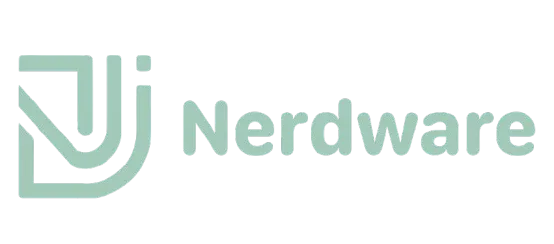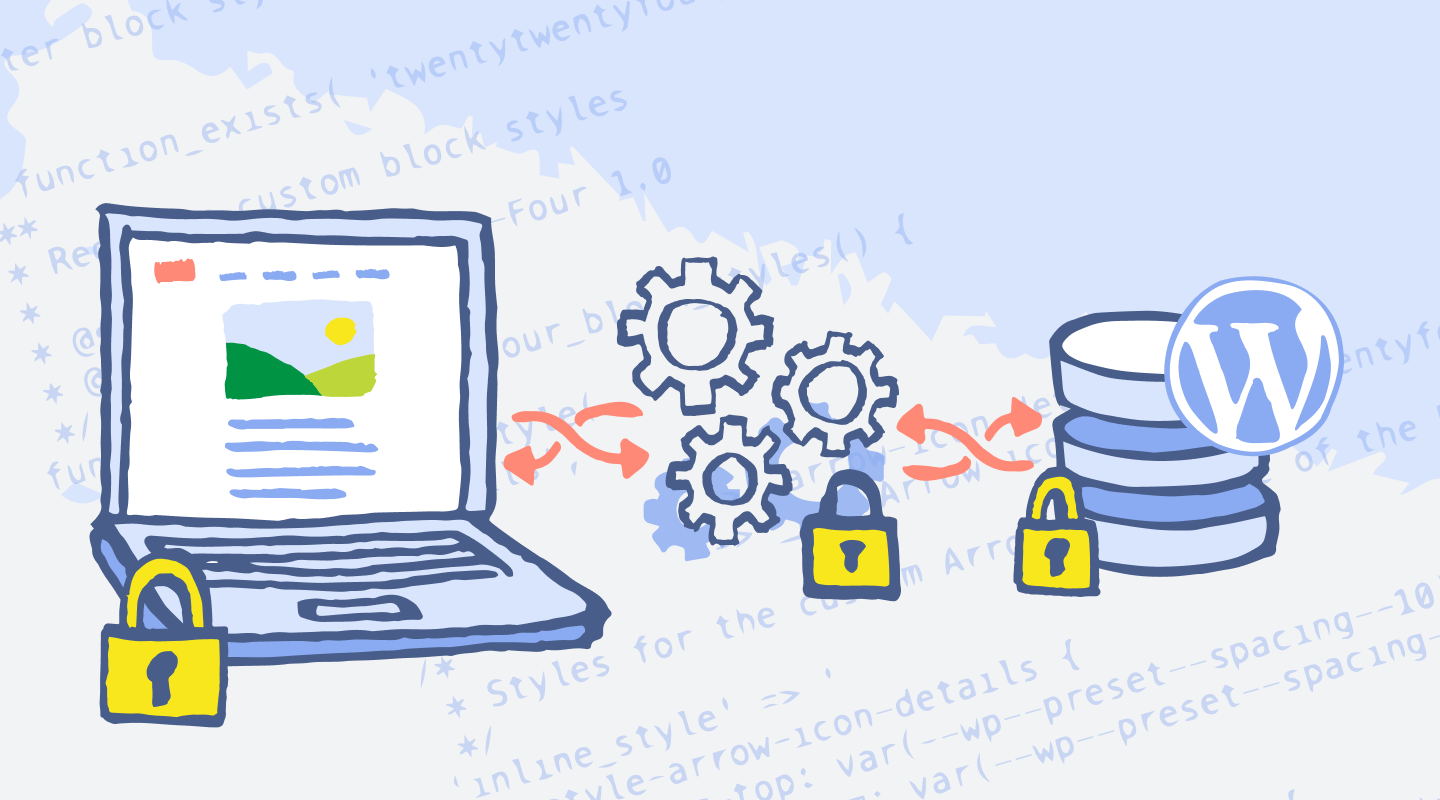
Creating a Secure API: Best Practices in Software Development
Introduction to API Security
Application Programming Interfaces (APIs) serve as crucial intermediaries in software applications, enabling communication between various software components. They are widely utilized for integrating different services, sharing data, and enhancing functionality. As businesses increasingly adopt APIs to streamline operations and foster innovation, it is imperative to address security considerations appropriately. API security focuses on securing these interfaces from vulnerabilities that can lead to unauthorized access, data breaches, and other malicious activities.
One of the primary reasons security is critical in API development is the sensitive nature of the data often exchanged via these interfaces. Whether it involves personal information, financial records, or proprietary business data, APIs can become attractive targets for cybercriminals. An insecure API can expose organizations to significant risks, including financial loss, reputational damage, and legal repercussions arising from data violations. Common vulnerabilities in APIs, such as insufficient authentication, lack of encryption, and improper input validation, highlight the necessity for a robust security posture from the outset.
Moreover, as the usage of cloud services and mobile applications continues to grow, the attack surface for APIs enlarges, making them more susceptible to threats. Attackers often exploit weaknesses in APIs to gain unauthorized access or to perform malicious actions such as data manipulation or denial of service attacks. Therefore, understanding these vulnerabilities and proactively addressing them during the development process is essential for creating secure APIs.
By embracing a comprehensive approach to API security, including implementing stringent authentication measures, encrypting data in transit, and regularly monitoring API traffic, organizations can significantly reduce the risk of security breaches. As a part of the development lifecycle, integrating best practices for API security not only safeguards an organization’s assets but also builds trust with users and stakeholders.
Understanding API Threat Models
API threat models are essential frameworks that help software developers identify, assess, and mitigate potential security risks associated with application programming interfaces (APIs). As APIs are increasingly instrumental in the digital landscape, understanding these threat models becomes imperative to protect data and maintain application integrity. Common threats that developers should be aware of include injection attacks, authentication errors, and data exposure risks, all of which can have significant repercussions if left unaddressed.
Injection attacks occur when an attacker exploits vulnerabilities in an API by injecting harmful code or commands through input fields. This type of attack can manipulate backend databases or execute unauthorized commands, compromising the integrity of the application. Additionally, authentication errors present a critical risk, as improper implementation of authentication mechanisms can allow unauthorized users to gain access to sensitive functions or data. Ensuring robust authentication processes, such as the use of OAuth or API keys, is vital to safeguard against such vulnerabilities.
Data exposure risks represent another pressing concern, particularly for APIs that handle personal or confidential information. Inadequately secured APIs may unintentionally expose sensitive data through poorly configured endpoints or lax access controls. It is essential to establish stringent data protection policies and regularly audit the API’s data handling practices to minimize these risks.
Another key aspect of a comprehensive API threat model is the importance of understanding the specific use case of the API. Each API has unique functionalities and user interactions that can create varying degrees of risk. By conducting thorough threat modeling exercises tailored to the specific purposes and potential user behaviors associated with the API, developers can better equip themselves to identify and address vulnerabilities effectively. Prioritizing this analysis creates a solid foundation for a more secure API development process.
Authentication and Authorization Strategies
Establishing robust authentication and authorization strategies is essential for securing Application Programming Interfaces (APIs). Various mechanisms can be employed to ensure that only legitimate users gain access to API resources. Among the most widely used methods are OAuth and JSON Web Tokens (JWT). OAuth is an open-standard authorization protocol, allowing users to share their private resources without sharing their credentials, while JWT offers a compact and self-contained way for securely transmitting information between parties as a JSON object.
OAuth is particularly beneficial for applications requiring third-party access. By employing OAuth, applications can obtain limited access to user information without exposing the user’s password, thus enhancing security. On the other hand, JWTs streamline the process of token management by allowing stateless authentication. This not only reduces the server load but also enables easy scalability. The payload in a JWT can include user identity and privileges, making it simple to validate the user’s permissions during each request to the API.
In addition to selecting an appropriate authentication mechanism, implementing best practices for user management and token handling is paramount. It is vital to maintain an up-to-date user database, ensure users can easily update their credentials, and routinely audit access levels to uphold security. Additionally, token expiration policies should be enforced, and users should be with the option to revoke tokens when necessary. By managing tokens carefully and ensuring they are transmitted securely over HTTPS, the risk of unauthorized access can be significantly reduced.
Overall, a combination of well-established authentication strategies like OAuth and JWT, along with rigorous token management practices, lays a solid foundation for developing a secure API that protects user data and prevents unauthorized access. Implementing these strategies diligently will help developers safeguard their APIs against potential threats while fostering a secure user experience.
Data Validation and Input Sanitization
Ensuring the security of an API is crucial, and one of the fundamental practices in achieving this is data validation and input sanitization. These processes are essential in defending against a variety of attacks, including SQL injection and Cross-Site Scripting (XSS), which can compromise an application and the sensitive data it handles. By implementing stringent validation checks and sanitization protocols, developers can significantly reduce potential vulnerabilities.
Data validation involves verifying that the input received from users meets specific criteria before it is processed. This can include checking the format, length, type, and range of data. For instance, if a user is required to enter an age, the application should validate that the input is a positive integer within a reasonable range. This can be implemented on both the client and server sides to ensure robustness. While client-side validation offers prompt feedback and enhances user experience, server-side validation is critical, as it provides a strong layer of defense against malicious input that may bypass client-side checks.
Input sanitization complements data validation by cleaning the data to prevent harmful code from being executed. Sanitization entails removing or encoding potentially dangerous characters, thus neutralizing any threat they may pose. This is particularly important for fields that accept user-generated content, such as comments or user profiles, where attackers may attempt to insert scripts. Using prepared statements and parameterized queries can be particularly effective in mitigating SQL injection attacks, as they ensure that user input is treated strictly as data, not executable code.
Incorporating robust data validation and input sanitization practices within the API development process is vital. By emphasizing these strategies, developers can build more secure applications, protect user data, and maintain the integrity of their systems against potential threats.
Encryption Techniques for Data Security
In the realm of software development, ensuring data security is paramount, and encryption serves as a critical layer of protection for sensitive information. By employing encryption techniques, developers can safeguard data both in transit and at rest, thus mitigating potential threats and unauthorized access.
When it comes to securing data in transit, the Transport Layer Security (TLS) protocol, alongside its predecessor, Secure Sockets Layer (SSL), plays a vital role. TLS is designed to provide secure communication over a computer network, ensuring that the data transmitted between clients and servers is encrypted. This not only protects against eavesdropping but also helps to authenticate the parties involved in the communication. Implementing TLS often involves obtaining a valid SSL certificate, which verifies the identity of the server and establishes a secure connection. By utilizing TLS, organizations can significantly reduce the risks associated with data interception during transmission.
For data stored at rest, the Advanced Encryption Standard (AES) is widely regarded as one of the most secure encryption methods available. AES operates on fixed block sizes and key lengths, enabling robust encryption of sensitive data, such as user information and credentials. Its effectiveness comes from its design, which allows for efficient encryption and decryption, making it suitable for securing vast amounts of data without sacrificing performance. It is advisable to use strong key management practices alongside AES encryption to enhance the security of stored data further. Regularly rotating encryption keys and applying the principle of least privilege ensures that only authorized personnel can access cryptographic keys, thereby reducing vulnerability.
Incorporating proper encryption techniques is a foundational aspect of designing a secure API. By following industry standards and best practices for both data transmission and storage, software developers can effectively protect sensitive information from potential breaches and unauthorized access.
Implementing Rate Limiting and Throttling
In the realm of API development, implementing rate limiting and throttling is paramount for safeguarding against potential abuse and denial-of-service (DoS) attacks. Rate limiting is the practice of restricting the number of requests that a user or application can make to an API within a specified time frame. Throttling goes a step further by controlling the amount of energy or traffic allowed to pass through an API at any given moment, ensuring that performance remains consistent and reliable even under heavy usage patterns.
One effective method for enforcing rate limits is the use of token buckets or leaky buckets algorithms. The token bucket algorithm allows a defined number of requests to be sent within a predetermined time interval, with the possibility to “store” unused tokens for future requests. Conversely, the leaky bucket approach processes requests at a constant rate, smoothing out bursts of traffic. Implementing these algorithms can help maintain a balance between accessibility and security, thus enhancing user experience while preventing abuse.
Additionally, monitoring API usage is crucial for effective rate limiting. By establishing metrics to track the number of requests, endpoints accessed, and response times, developers can detect patterns that may indicate misuse. Tools such as API gateways and application performance management solutions can be deployed to collect usage data, analyze the traffic patterns, and trigger alerts when those patterns deviate from the expected norms. This proactive approach can ensure that developers can respond promptly to potential threats, adjusting rate limits as necessary based on real-time traffic analysis.
By implementing effective rate limiting and throttling mechanisms, developers can create a more resilient API infrastructure. This not only protects the API from potential overuse but also preserves its availability and performance for legitimate users. With the increasing significance of API security, employing these strategies should be an integral part of the overall software development lifecycle.
Logging and Monitoring for Security Auditing
Effective logging and monitoring are essential components in the security architecture of an API. By capturing and analyzing API activity, developers can detect potential security breaches and anomalies before they escalate into more significant issues. The first step in implementing a robust logging strategy is identifying the types of events that should be recorded. These events typically include authentication attempts, authorization checks, error messages, and transactions performed through the API. Additionally, any unusual access patterns or anomalies, such as a high rate of failed login attempts from a specific IP address, should trigger logging events for further investigation.
Once relevant events have been determined, organizations should utilize a centralized logging system. This approach allows for easier management and facilitates the correlation of events from multiple sources, enhancing the analysis process. Logs should include detailed information such as timestamps, user IDs, IP addresses, and the nature of the actions taken. This granular data is critical for conducting thorough investigations and audits when necessary.
Analyzing logs is equally important as logging itself. Organizations should develop automated processes that regularly scan and analyze log data for suspicious activities or patterns, utilizing machine learning algorithms that can help detect anomalies in real time. It is also advisable to establish a retention policy for these logs, ensuring that data is stored for a designated period as required by industry regulations or internal policies.
Timely monitoring of logged data is paramount. Real-time alerts can provide immediate notifications for suspicious activities, allowing security teams to respond rapidly. Investing in monitoring tools that utilize dashboards can also offer insights into API performance, usage trends, and potential security threats. In doing so, developers and organizations can strengthen their API security posture and protect sensitive information effectively.
Regular Security Testing and Vulnerability Assessments
In the realm of software development, particularly when creating a secure API, the significance of regular security testing and vulnerability assessments cannot be overstated. These practices are essential for identifying and mitigating potential security flaws that could lead to significant breaches. Regular testing enables developers to uncover vulnerabilities at various stages of the software lifecycle, ensuring that any newly discovered or evolving threats can be promptly addressed.
One key method employed in security testing is penetration testing, which simulates real-world attacks on the API. This proactive approach allows developers to evaluate the security mechanisms they have implemented and discover weaknesses before malicious actors can exploit them. By utilizing both automated tools and manual testing techniques, teams can gain a comprehensive understanding of their API’s security posture. It is pivotal to schedule these penetration tests periodically, ideally on a quarterly basis, to keep up with the ever-evolving landscape of cybersecurity threats.
In addition to penetration testing, vulnerability assessments provide a systematic review of the entire API environment. This includes scanning for known vulnerabilities, misconfigurations, and compliance with security standards. Automated vulnerability scanners can be run regularly, complementing manual reviews to ensure extensive coverage. Such assessments also assist in prioritizing the discovered vulnerabilities based on severity, facilitating a targeted approach to remediation.
Ultimately, an ongoing commitment to security testing and vulnerability assessments strengthens an organization’s overall cybersecurity framework. It fosters a culture of security awareness among development teams and ensures that the API remains robust against both current and emerging threats. By integrating these practices into the development workflow, organizations can safeguard their APIs effectively and adapt to the constantly changing security landscape.
Conclusion: Building Security into the API Development Lifecycle
As the digital landscape continues to evolve, the importance of embedding security within the API development lifecycle cannot be overstated. Throughout this discussion, we have highlighted several key practices that developers should adopt to effectively safeguard their APIs against an increasingly sophisticated array of threats. First and foremost, implementing a security-first approach during the initial stages of API design is critical. By considering security requirements from the outset, developers can create more resilient systems that withstand vulnerabilities.
Additionally, regular threat modeling and risk assessments should be integral components of the API development process. By identifying potential weaknesses early, developers can proactively address issues before they become major security breaches. This ongoing evaluation lays the groundwork for more robust security measures, such as authentication protocols and data encryption techniques, which are essential for protecting sensitive information transmitted via APIs.
Moreover, continuous education and training for development teams are paramount in keeping pace with the rapidly changing landscape of cybersecurity threats. Regularly updating knowledge on the latest security practices, tools, and standards helps developers refine their skills and adapt to emerging challenges. Encouraging participation in security workshops and conferences further enhances awareness and promotes a culture of security within organizations.
In light of the above considerations, it is evident that security should not be an afterthought but rather a fundamental aspect woven throughout the API development lifecycle. By fostering a proactive security mindset and consistently refining security practices, organizations can effectively mitigate risks and enhance the overall resilience of their APIs. Thus, building security into every phase of the development process is essential for safeguarding both APIs and the sensitive data they handle.







